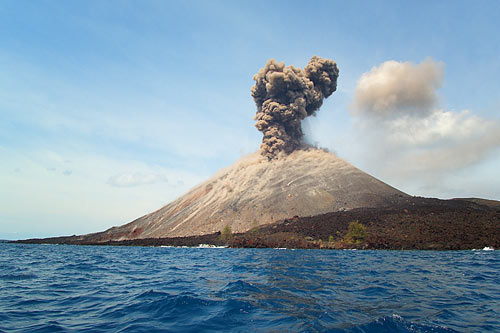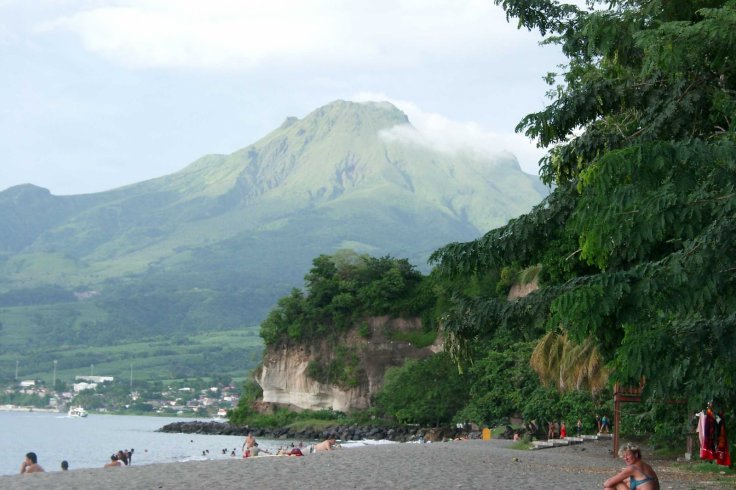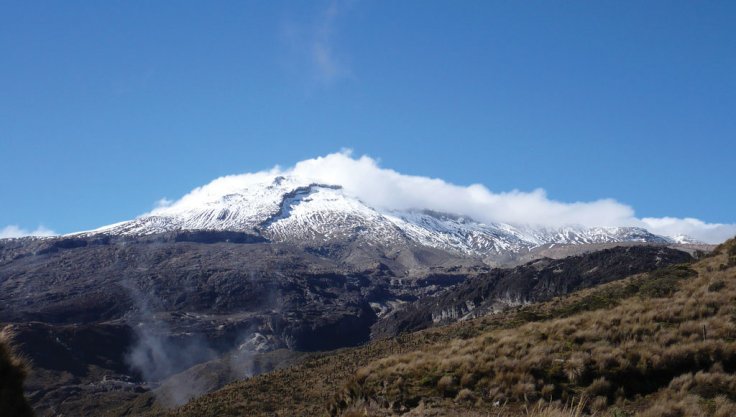A volcanic eruption at New Zealand's White Island killed five and left scores missing. In the aftermath of the disaster, here is a look at the world's worst volcanic disasters in modern times.
Tambora (Indonesia)
Small eruptions accompanied by minor tremors hit Mount Tambora on the Indonesian island Sumbawa on April 5, 1815. Five days later, a major explosion blew up the mountain top, killing 10,000 people. As many as 50,000 others lost their lives to disease and famines that followed.
The disaster led to a climate catastrophe as far as western Europe and eastern North America. A blanket of thick haze resulted in reflecting back a fraction of sunlight, leading to a decline in global temperatures.
Western Europe and eastern North America experienced extensive snowfall and frost, causing crop failure. The year 1816 was termed a "year without summer".
Tambora is still active with small eruptions occurring in 1980. Episodes of increased seismic activity were reported in 2011, 2012 and 2013.
Krakatau (Indonesia)

In August 1883, a volcanic eruption that was heard 3,500 km away in Australia, occurred in Indonesia's Mount Krakatau killing 35,000 people. Situated on Rakata island in the Sunda strait between Indonesia's Java and Sumatra, the volcanic mountain is still active with eruptions occurring continually, but not on dangerous levels.
Pelee (Martinique)

Mount Pelee, situated on the French island Martinique in the Caribbean, experienced minor eruptions in 1791 and 1851. After remaining calm for half a decade, the mountain roared into a massive explosion on May 8, 1902. Situated 7 km away from the town Saint Pierre, the eruption killed almost all of the 30,000 residents of the town, mostly due to suffocation and burn injuries. The volcano remains active, with a minor eruption occurring in 1929.
Ruiz (Colombia)

Mount Ruiz in Colombia is the northern-most among the two dozen volcanoes situated in the region. Though eruptions haven't been frequent, a major eruption in 1595 damaged an area spanning central Colombia and the southern border of Panama. Another eruption in 1845 killed 1,000 people.
More than 25,000 people were killed when Mt Ruiz erupted 34 years ago in 1985. The nearby town of Armero was buried in the incident. Resultant mudslides killed another 1,000 persons in the town of Chinchina.
Unzen (Japan)

Situated on Japan's Shimabara Peninsula, east of Nagasaki, Mount Unzen erupted in 1792, killing 15,000 people, becoming the worst volcanic tragedy in Japan's history. Most of the deaths were due to landslides and tsunami triggered by the eruption. The volcanic eruption triggered a massive earthquake that swept through the city of Shimabara before reaching the Ariake Sea and creating giant waves. Small eruptions in the 1990s created panic due to the dense population in the mountain's vicinity.








